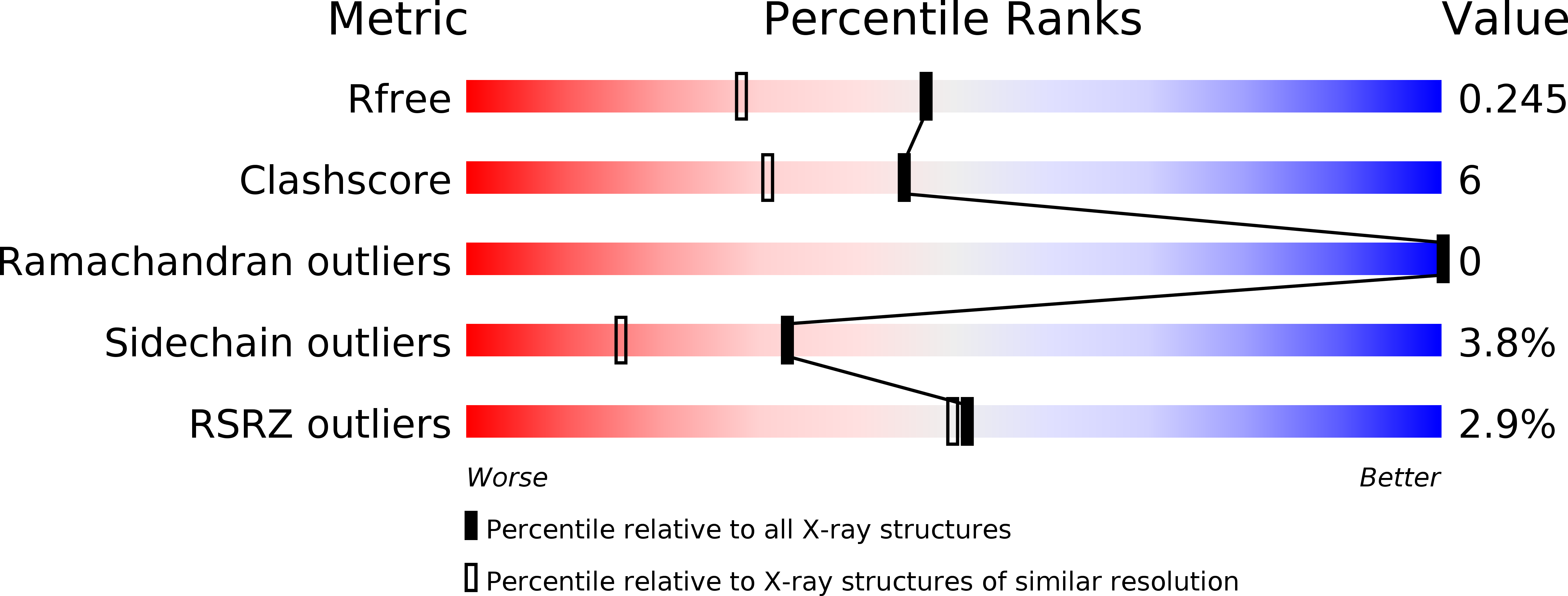
Deposition Date
2004-12-06
Release Date
2005-01-11
Last Version Date
2023-08-23
Method Details:
Experimental Method:
Resolution:
1.85 Å
R-Value Free:
0.24
R-Value Work:
0.19
R-Value Observed:
0.19
Space Group:
C 1 2 1


